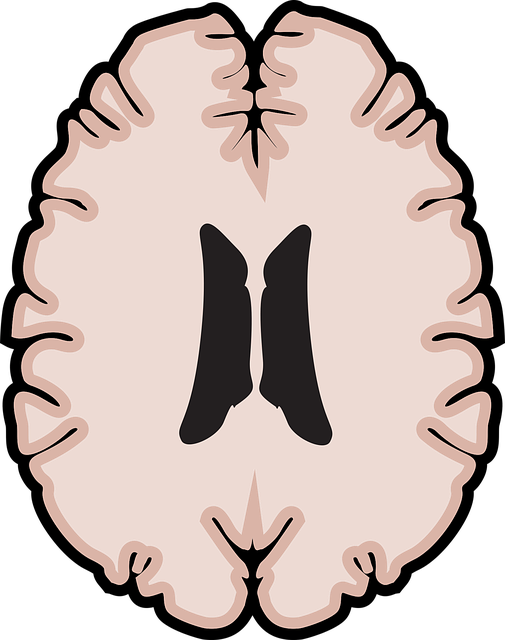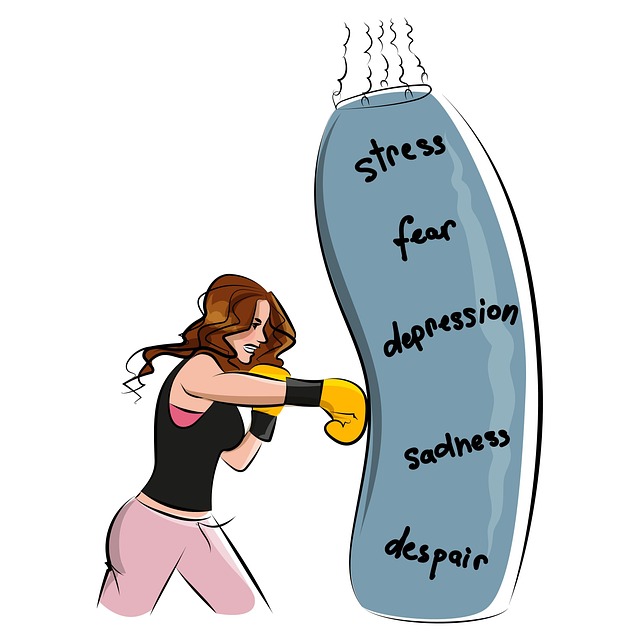Broomfield Anger Management Therapy (BAMT) employs a multi-faceted, evidence-based approach to harm minimization, focusing on identifying and addressing anger triggers. By integrating cognitive-behavioral therapy (CBT), self-care routines, and mental wellness journaling, BAMT empowers individuals to manage anger proactively, prevent escalations, and enhance overall well-being. Risk assessment, cultural sensitivity, continuous progress monitoring, and expert training ensure safe, supportive environments for clients, while staying abreast of new research drives innovative solutions for the community.
Risk assessment and harm minimization planning are essential components of creating safe, supportive environments. This comprehensive guide explores these strategies, drawing from the foundational principles of Broomfield Anger Management Therapy. We’ll delve into identifying potential hazards using a structured approach, developing effective harm minimization strategies, implementing and monitoring safety protocols, and continually improving plans based on evolving needs and research insights.
- Understanding Risk Assessment: A Foundation for Harm Minimization
- Identifying Potential Hazards: A Comprehensive Approach Using Broomfield Anger Management Therapy as a Framework
- Developing Effective Harm Minimization Strategies: Practical Steps and Techniques
- Implementation and Monitoring: Ensuring Safety and Supportive Environments
- Continuous Improvement: Adapting Plans to Evolving Needs and Research Findings
Understanding Risk Assessment: A Foundation for Harm Minimization

Risk assessment is a fundamental process in harm minimization planning, offering a structured approach to identify and mitigate potential dangers. It involves a thorough analysis of various factors that could lead to adverse outcomes, enabling professionals to make informed decisions to protect individuals or communities at risk. By assessing risks accurately, organizations can implement effective strategies tailored to specific concerns, ensuring a proactive rather than reactive response.
In the context of Broomfield Anger Management Therapy, for instance, understanding risk assessment is crucial for identifying triggers and developing personalized treatment plans. This process considers individual vulnerabilities, potential consequences, and the likelihood of harm, allowing therapists to design interventions that foster inner strength development and emotional intelligence. By implementing burnout prevention strategies for healthcare providers as part of this framework, the therapy can address not only anger management but also overall well-being, thus enhancing the effectiveness of the program.
Identifying Potential Hazards: A Comprehensive Approach Using Broomfield Anger Management Therapy as a Framework

Identifying Potential Hazards requires a comprehensive approach that integrates various methodologies, with Broomfield Anger Management Therapy (BAMT) offering a robust framework. BAMT emphasizes understanding and managing anger effectively, which can be adapted to uncover underlying triggers leading to harmful behaviors or situations. By employing this therapy model, professionals can systematically assess individual, interpersonal, and environmental factors contributing to potential hazards.
This process involves encouraging clients to reflect on their emotions, including anxiety relief strategies, while considering cultural sensitivity in mental healthcare practice. Regular Mental Wellness Journaling Exercises guided by BAMT facilitate self-awareness, enabling individuals to anticipate and navigate high-risk scenarios. Through this holistic approach, the therapy empowers clients to proactively minimize harm and foster positive change in their lives.
Developing Effective Harm Minimization Strategies: Practical Steps and Techniques

Developing effective harm minimization strategies involves a multi-faceted approach that integrates both prevention and intervention techniques. At Broomfield Anger Management Therapy, we’ve found success through practical steps like identifying triggers and implementing calming techniques. Encouraging individuals to adopt a consistent self-care routine for better mental health is paramount; this includes regular exercise, mindfulness practices, and adequate sleep. Additionally, our Mental Wellness Podcast Series Production provides accessible learning opportunities, sharing strategies on managing anger and resolving conflicts constructively.
We emphasize the importance of early intervention and proactive measures to prevent escalations. Techniques such as cognitive-behavioral therapy (CBT) and stress management training empower individuals with tools to navigate challenging situations peacefully. By combining these evidence-based practices with tailored support, harm minimization becomes a dynamic process that fosters positive change and enhances overall mental wellness.
Implementation and Monitoring: Ensuring Safety and Supportive Environments

Implementing risk assessment and harm minimization strategies is a critical step in creating safe and supportive environments, especially in settings like Broomfield Anger Management Therapy. This process involves identifying potential hazards and developing proactive measures to mitigate them. Healthcare providers play a pivotal role in this regard, utilizing their expertise to create comprehensive plans that cater to individual needs. By integrating Emotional Regulation techniques and Trauma Support Services, therapists can offer tailored interventions, ensuring clients’ well-being.
Monitoring is an ongoing aspect of risk assessment, requiring constant evaluation and adjustment. It involves tracking client progress, identifying any emerging risks, and promptly implementing corrective actions. Cultural Competency Training for healthcare providers is essential, as it enables them to understand and address diverse cultural needs, thereby enhancing the overall safety and effectiveness of the therapy program.
Continuous Improvement: Adapting Plans to Evolving Needs and Research Findings

In the dynamic landscape of mental health care, continuous improvement is paramount. Effective harm minimization planning isn’t a static document but an evolving framework that adapts to new research findings and changing community needs. At Broomfield Anger Management Therapy, we embrace this principle by regularly reviewing and updating our strategies based on the latest evidence-based practices. This iterative process ensures that our interventions remain relevant and impactful, aligning with emerging best practices in mental health education programs design.
By integrating compassion cultivation practices and resilience building into our harm minimization plans, we foster a more holistic approach to addressing complex issues. This proactive stance allows us to anticipate challenges, incorporate innovative solutions, and better serve individuals and communities. Through this continuous improvement cycle, Broomfield Anger Management Therapy strives to stay at the forefront of effective mental health support, delivering services that are not only responsive but also profoundly transformative.
Risk assessment and harm minimization planning, guided by evidence-based frameworks like Broomfield Anger Management Therapy, are essential components of fostering safe and supportive environments. By understanding risks, identifying potential hazards comprehensively, and implementing effective strategies, organizations can proactively mitigate harm. Continuous improvement, adapted to evolving needs and research findings, ensures these plans remain dynamic and relevant. Embracing these practices not only protects individuals but also enhances overall well-being and resilience.












